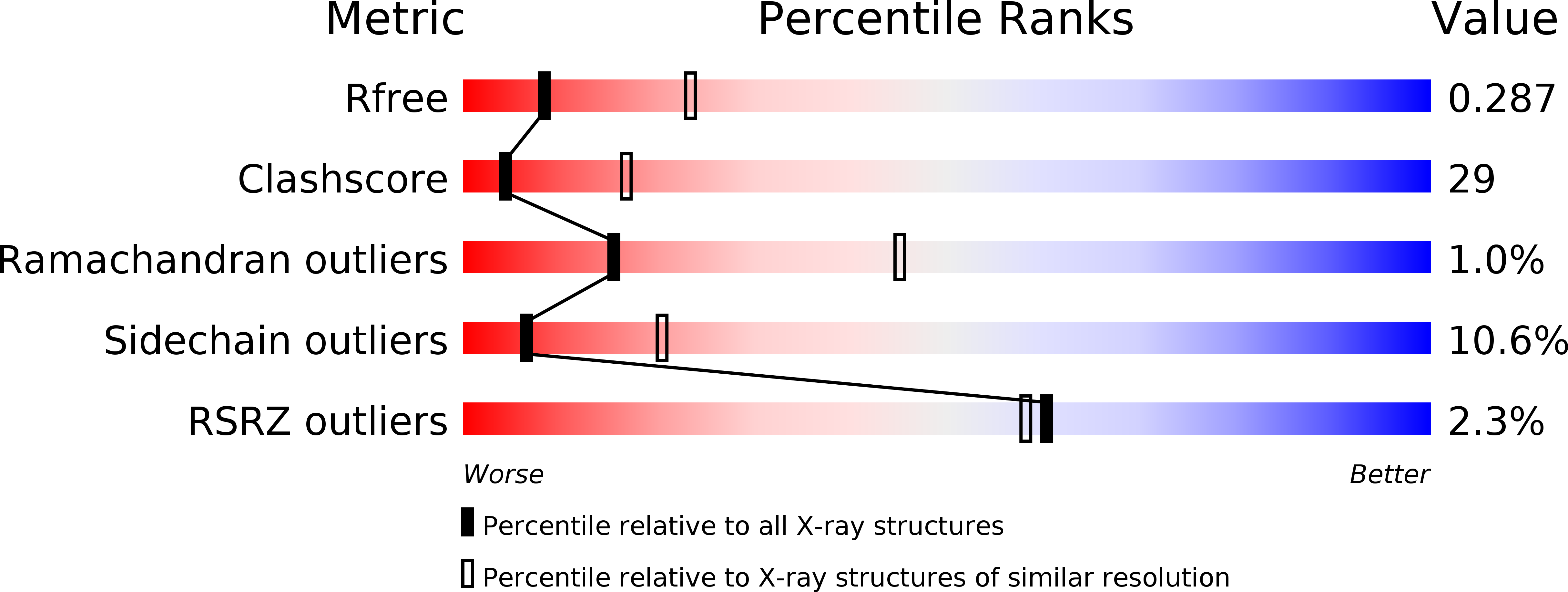
Deposition Date
2016-10-26
Release Date
2016-12-07
Last Version Date
2024-11-06
Entry Detail
PDB ID:
5TRC
Keywords:
Title:
Crystal structure of phosphorylated AC3-AC5 domains of yeast acetyl-CoA carboxylase
Biological Source:
Source Organism:
Host Organism:
Method Details:
Experimental Method:
Resolution:
2.90 Å
R-Value Free:
0.28
R-Value Work:
0.22
R-Value Observed:
0.22
Space Group:
P 1 21 1


